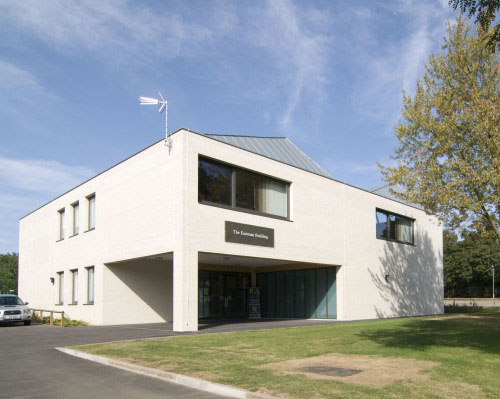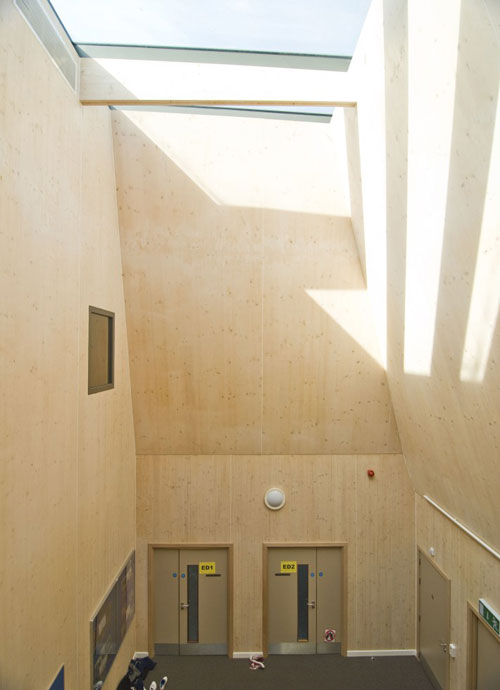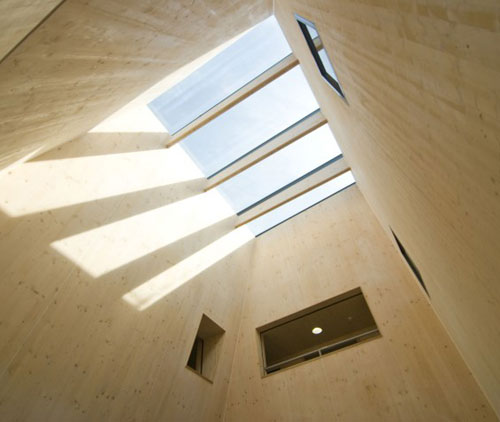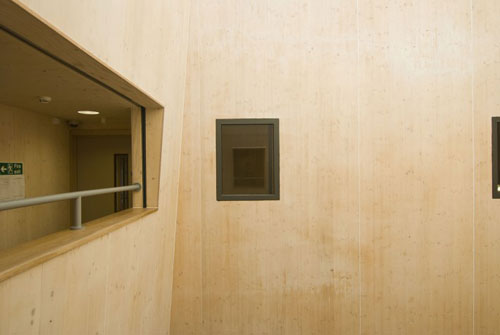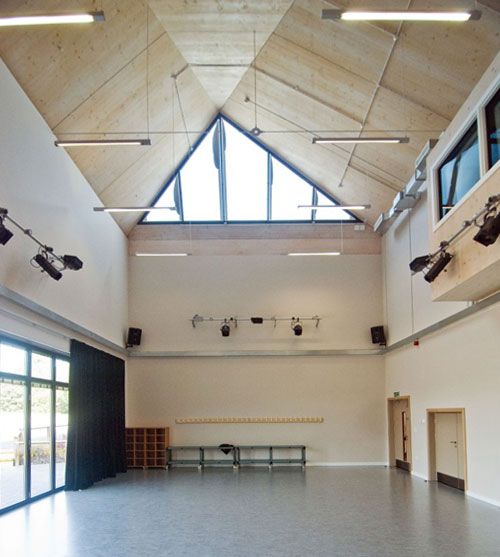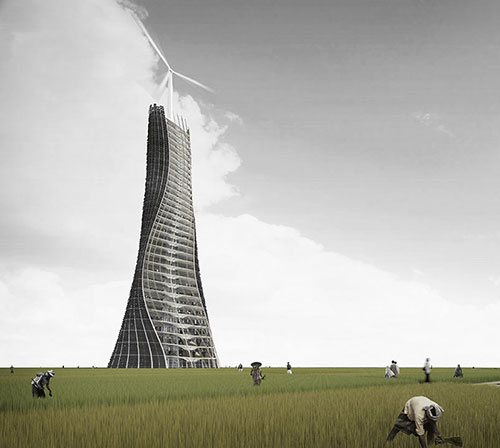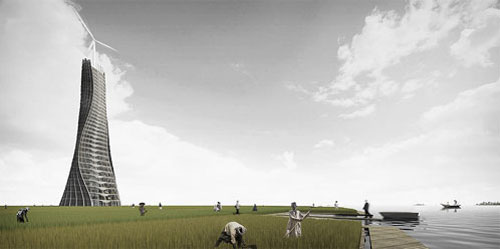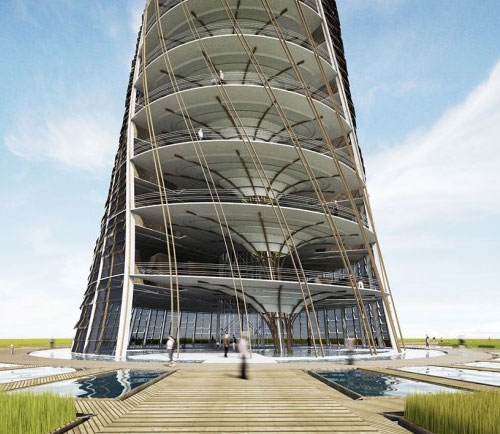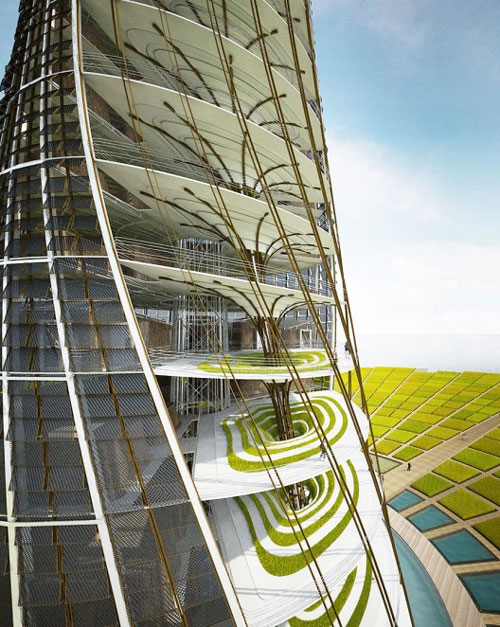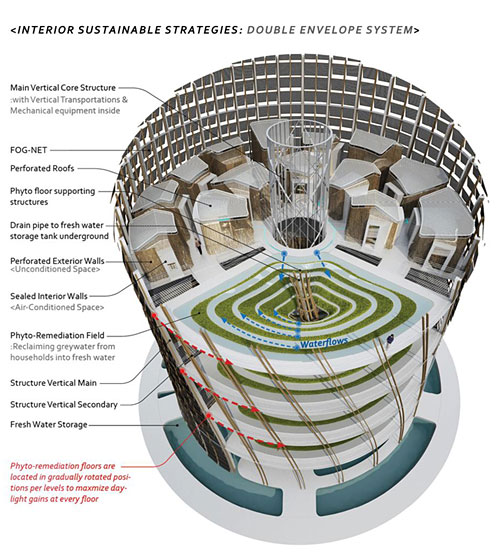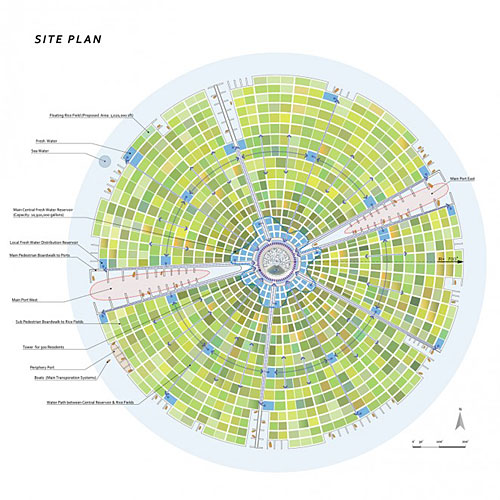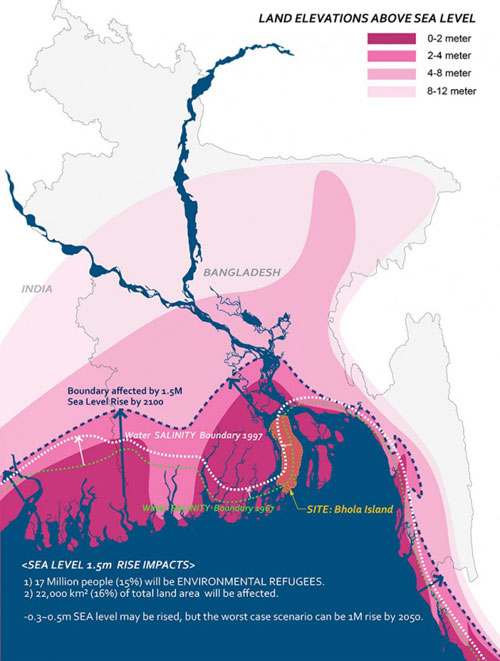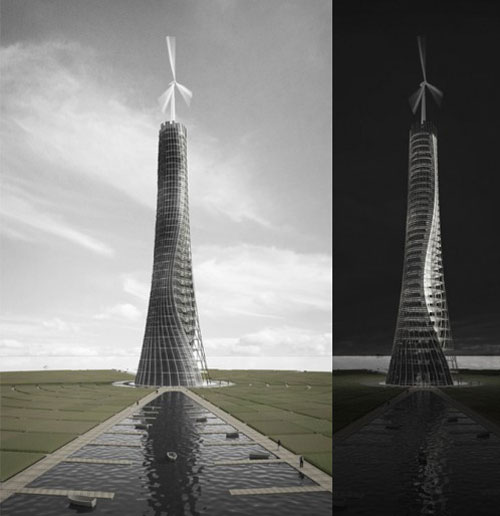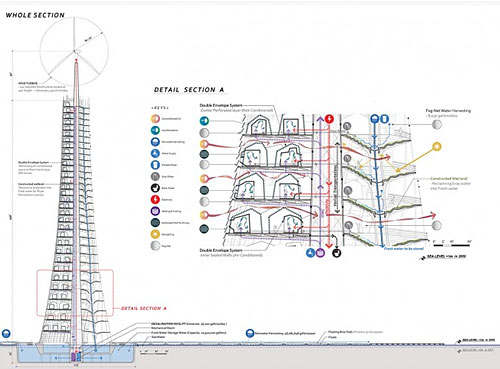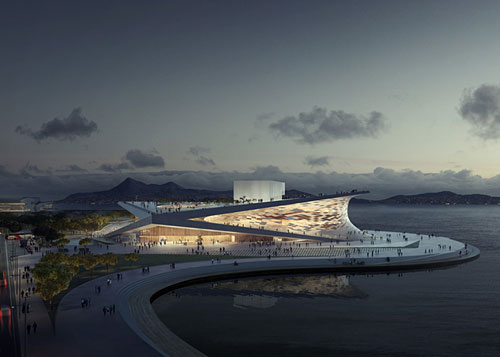
Busan Opera House
The Opera today not only represents our cultural identity, much more than that, it is there to form, shape and create our growing cultural awareness and manifestation. We set increasingly stronger demands to the institution; it is no longer just a passive playground for the elite but can become interactive, democratic, giving as much as it takes, responding to our ambitions and expectations. The Opera house can become the most essential cultural expression that we have in our developed urban societies.
The Opera in Busan is a place to meet, a place to be together in our common cultural context.
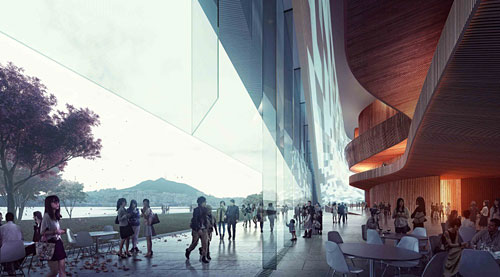
The Busan Opera house relies on our current experience of contemporary opera buildings, including the interactive attraction of an open and inviting typology. Some of the functions, especially its one level and horizontal functional layout is based on Snøhettas experience of designing easy flow and communications within such a building.
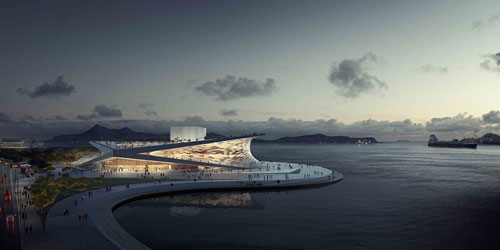
The form of the Busan Opera house is derived from its own context and culture.
The basis for the lay-out refers to Kun (Heaven) meeting Kon (Earth) which again meet Kam (Water). The classical trigrams of these elements both describe this site exceptionally well, whilst they refer to the historical and philosophical relationships that are of great importance to Korean culture. The slight bending of the surfaces in Snøhetta’s design are the bars of the trigrams slightly deformed to touch and meet each other in a subtle manner.
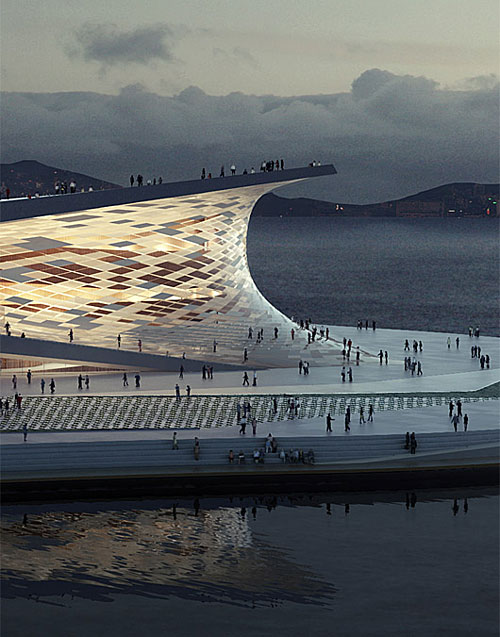
The geometry of the building consists of two opposing curves. The lower arching curve bridges the site and anchors the project in the ground. The upper embraces the sky and the Opera is created within the interplay of these surfaces, where the earth touches the sky and the mountains touch the sea. The four corners of the building connect the city and the cultural landmark to the sea.
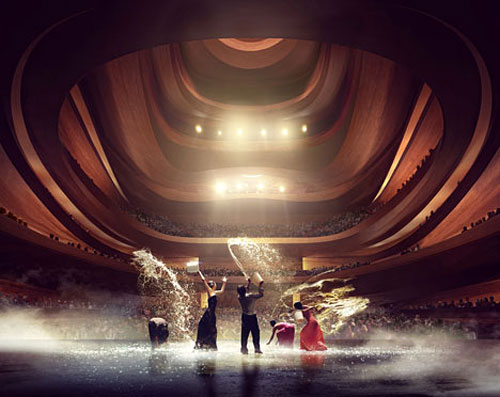
Two of these corners are lifted to form an entrance from the city and an entrance from the sea. These entrances are linked in a continuous public space, flowing around the Opera house and out into the public plaza. The upper plane is lifted on the opposite diagonal to accommodate the programmatic volume and to create an exterior plane that both arches down to the City and the sea at the same time as it peels upwards to meet the sea and the sky.
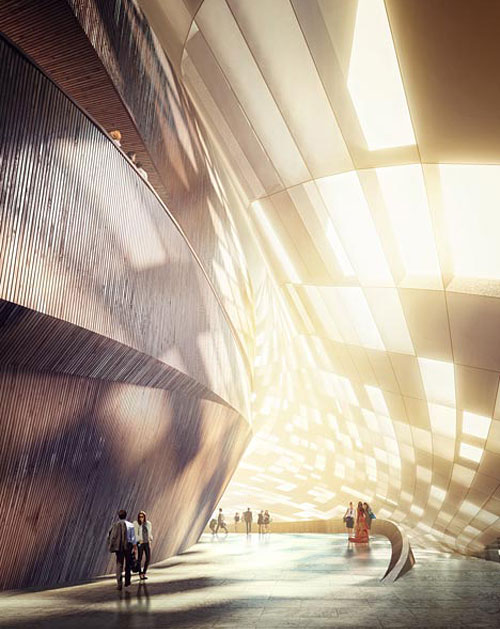
The compactness and sustainable elements of the project have great importance on economy, sustainability and long-term maintenance of the building.
Building upon the typologies we have previously developed in Oslo the Opera in Busan is changing earlier perceptions of the relationship between opera institutions and its users and the public. By designing an open, inviting and participative building typology, Busan will mark the entrance into a new era of global contemporary architecture reflecting today’s values of equality and democracies, effectively contributing to civic and cultural life on a broad level.
Snøhetta will remain loyal to our contextual and landscape oriented designs also in the future, because we believe this typology to be the most relevant connector between a contemporary public and a contemporary architecture.
Snøhetta
